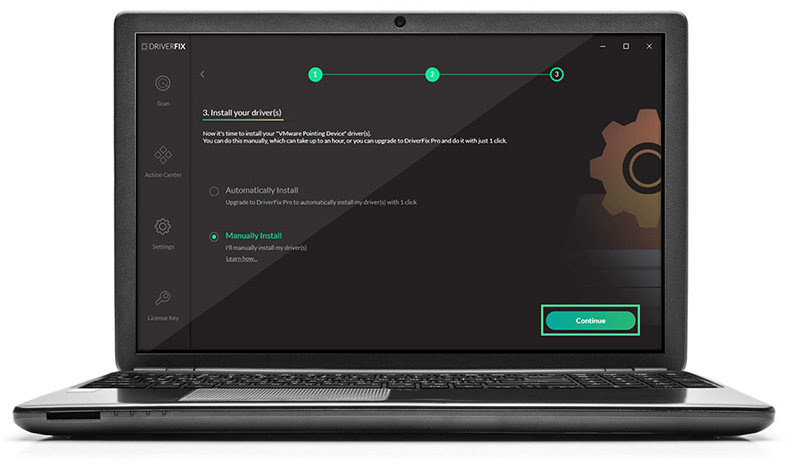Easy Guide on how to Fix Error Code 39
Code 39 - What is it?
Code 39 is a device driver error code that pops up when the Windows operating system cannot load the driver for the hardware you want to use.
This hampers your ability to use the hardware properly. The error code is almost always presented in the following format:
“Windows cannot load the device driver for this hardware. The driver may be corrupted or missing.”
Code 39
Error Causes
A device driver is a software program that tells the operating system how to control a particular hardware device. Each hardware device has a different driver.
There are separate device drivers for printers, CD-ROM readers, and keyboards, to name a few.
Many device drivers are already built into the operating system. But sometimes you will need to install a new device driver when you want to use a new piece of hardware device that the operating system is not familiar with, or does not anticipate.
Regardless of whether or not the drivers are already integrated into the operating system, you may still experience code 39, typically because of the corrupted or outdated drivers.
Outdated and corrupted drivers cause hardware malfunction and failure, which trigger device driver error codes like code 39. Other causes include incorrect registry values.
Further Information and Manual Repair
Below are some of the easiest and most effective methods to resolve Device Manager error code 39 on your PC.
To follow and implement these methods, you don’t require any technical knowledge or expertise. Simply follow these instructions to fix the error right away.
Method 1 - Fix with a Simple Reboot
There is a possibility that the error code 39 is caused by some fluke within the Device Manager or your BIOS.
If that’s the reason, then a simple PC reboot can resolve the issue immediately. Therefore, before you try anything, it is advisable to restart your system.
If it works, then that is great, but if it doesn’t, then don’t worry, try other methods given below to fix this problem successfully.
Method 2 - Uninstall and Reinstall Drivers
If the error code 39 is generated due to faulty or outdated drivers, then simply uninstall and remove them and then reinstall new driver versions. There are two ways to remove faulty drivers.
Method One
- One is, to go to the start menu, click on Control Panel, and then Add/Remove Programs.
- Remove the program and the driver you think is causing problems. This will thoroughly remove all traces of the faulty driver.
- To reinstall, follow the same steps but this time install the new device driver version.
Method Two
- The other way is to go to the start menu, type Device Manager in the search bar, and then press enter to continue.
- In the Device Manager, find and locate the problematic device.
- After that, double-click the category of device that you wish to uninstall. Let’s say, Windows is unable to load the graphics card driver.
- This means you will have to click on the Display Adapter category in the Device Manager to uninstall the graphics card.
- After you have successfully uninstalled, Windows will prompt you to confirm device removal.
- Simply click OK to confirm and proceed. To activate the changes, restart your PC.
- To reinstall, go to the Device Manager, click on the Action tab and then select the option ‘Scan for Hardware Changes.’
This method, although effective in resolving error code 39, can be time-consuming. To avoid the hassle and save time, try method 3.
Method 3 - Update Drivers Automatically with DRIVERFIX
If you would like to
read more helpful
articles and tips about various software and hardware visit
errortools.com daily.
On the other hand, if your computer is going through some driver-related issues that have to get fixed, there is a one-click solution known as
DRIVERFIX you could check out to resolve them. This program is a useful tool that could repair corrupted drivers and optimize your PC’s overall performance. This is basically a solution that’s within your grasp with just a click. It’s easy to use as it is user-friendly. For a complete set of instructions in downloading and using it, refer to the steps below
Perform a full system scan using
DRIVERFIX. To do so, follow the instructions below.
- Download and install DRIVERFIX. from the official site.
- Once the installation process is completed, run DRIVERFIX. to perform a full system scan.

- After the scan is completed click the “Update All” button.

 Error Causes
Error Causes




